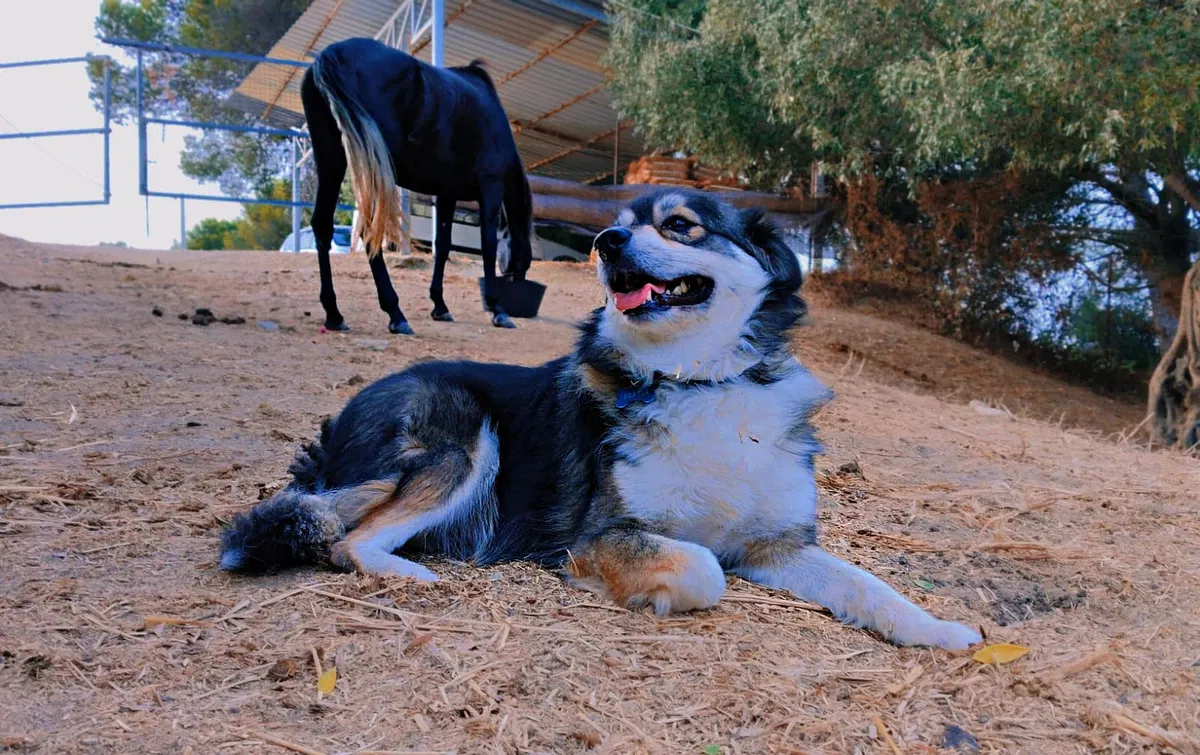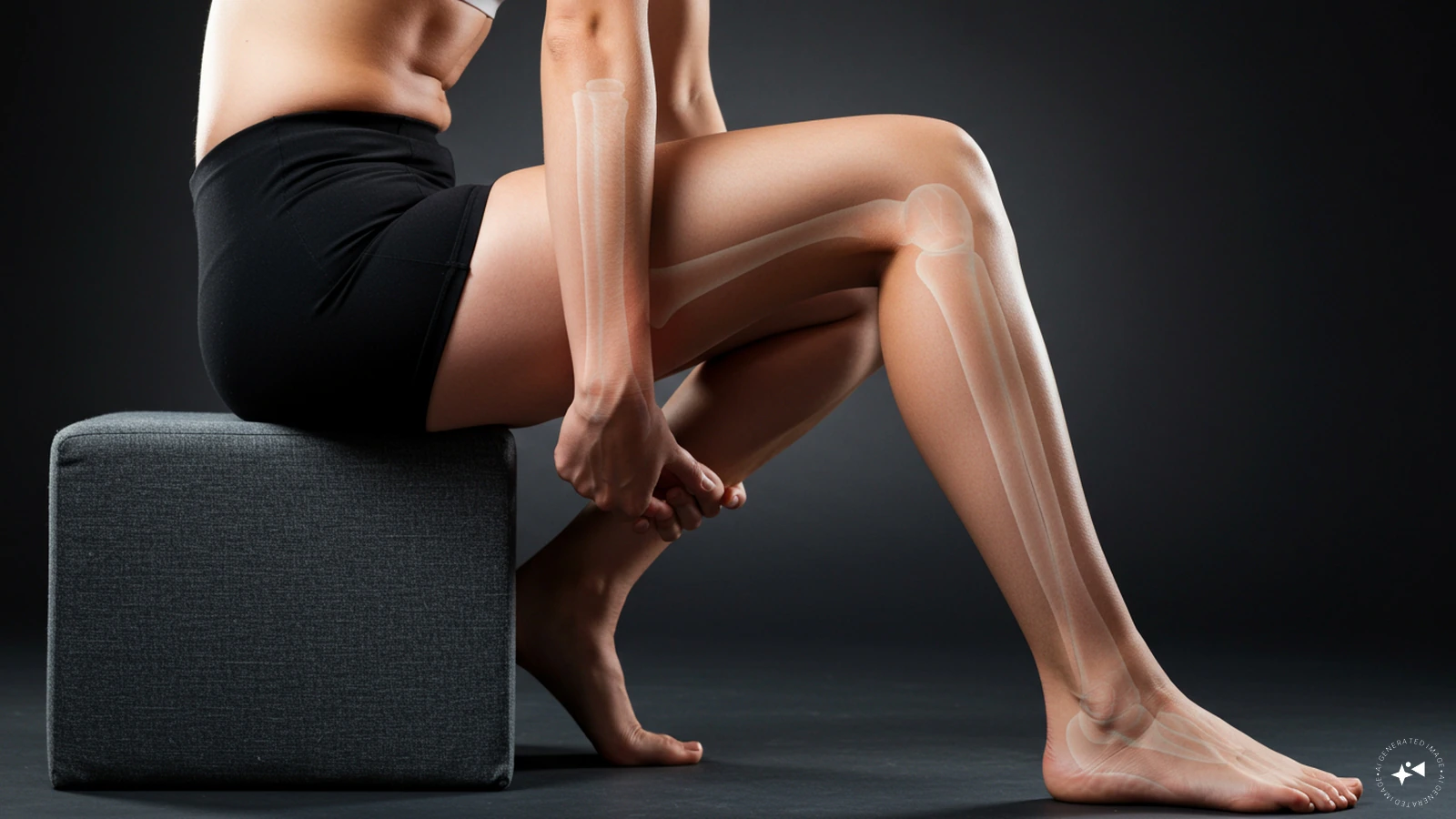Copyright euroweeklynews

As Spain moves from the intense heat of summer into the cooler and more unsettled weather of autumn, pet owners are being encouraged to adapt their care routines. While the season may feel more comfortable, it brings new considerations for both dogs and cats. Changes in temperature, daylight hours and humidity can influence appetite, behaviour, coat condition and overall wellbeing. Parasites remain a concern throughout autumn in many areas of Spain. Fleas, ticks and sandflies continue to thrive in mild coastal and southern regions, often remaining active until winter temperatures are consistently low therefore special attention should be paid when going outside, just like summer dawn and dusk hours should still be avoided as Leishmaniasis is still a risk. This also means that stopping parasite treatments at the end of summer can leave pets unprotected, including indoor cats who can still be exposed to parasites brought into the home. Parasite Prevention and Outdoor Awareness Why Treatments Should Continue Ongoing parasite prevention is recommended for both dogs and cats during autumn. Even cats that rarely go outside can pick up fleas and ticks from shared spaces such as stairwells, gardens or from other animals. Regular brushing and coat checks help identify issues early and reduce the likelihood of infestations spreading through the home. Autumn rainfall encourages the growth of wild mushrooms in gardens, parks and woodland paths. Dogs may eat them out of curiosity, while some cats will paw or chew new objects they encounter. Certain mushroom species are toxic even fatal, so pet owners should supervise outdoor time and remove any mushrooms found in home gardens to reduce risk of ingestion. Diet, Exercise and Indoor Comfort Supporting Pets Through Routine and Environmental Changes As temperatures drop, many animals show increased appetite and activity levels. While dogs may still enjoy outdoor walks, changing weather and shorter daylight hours can result in reduced exercise. For indoor cats, the cooler season often leads to longer periods of resting and less spontaneous play. Encouraging movement through interactive toys, climbing towers and short play sessions can help maintain fitness and prevent weight gain. Colder and damp conditions may also highlight joint discomfort in older pets. Dogs may appear stiff when rising, while cats may avoid higher surfaces they previously climbed with ease. Providing warm, padded sleeping areas away from cold floors or draughts, and encouraging gentle movement, can help support joint comfort. Seasonal Supplements and Coat Support Nutritional Additions That May Be Beneficial Supplementation can support both dogs and cats during autumn. Omega-3, 6 and 9 oils (such as from sardine, linseed or wild salmon) can improve coat condition and skin hydration, particularly helpful during seasonal shedding. Cats especially benefit from added omega oils to reduce hair ingestion from grooming. For senior pets, joint support supplements containing glucosamine, chondroitin or green-lipped mussel may help maintain mobility. Pet friends CBD Oil can help with joint pain that comes with humidity whilst Probiotics can support gut health, particularly if diet changes occur as routines shift. All supplements should be discussed with a veterinarian to ensure suitability and correct dosage for the species and size of the pet. Key Points for Autumn Pet Care: Continue parasite treatments for both dogs and cats until temperatures remain consistently cold Monitor outdoor areas and walks for wild mushrooms Use supplements such as omega oils or joint support where appropriate Encourage steady exercise and indoor play, especially for indoor cats Provide warm, supportive bedding to reduce cold-related discomfort By adapting routines to the seasonal shift, owners can help both cats and dogs remain healthy, active and comfortable throughout the autumn months in Spain. A thoughtful approach to daily care ensures pets benefit from the cooler season without discomfort or risk.



